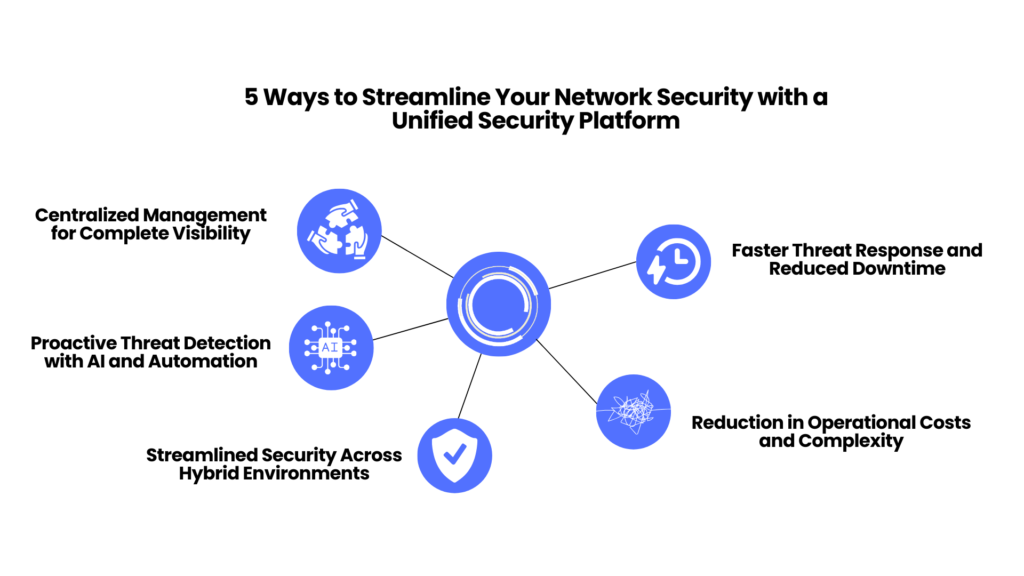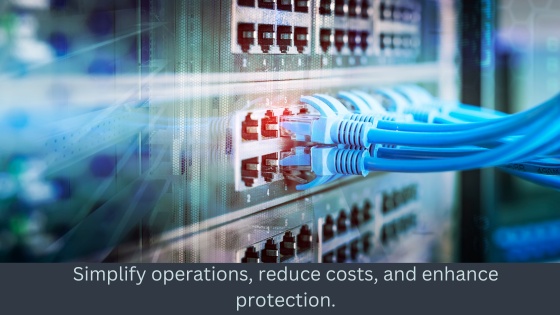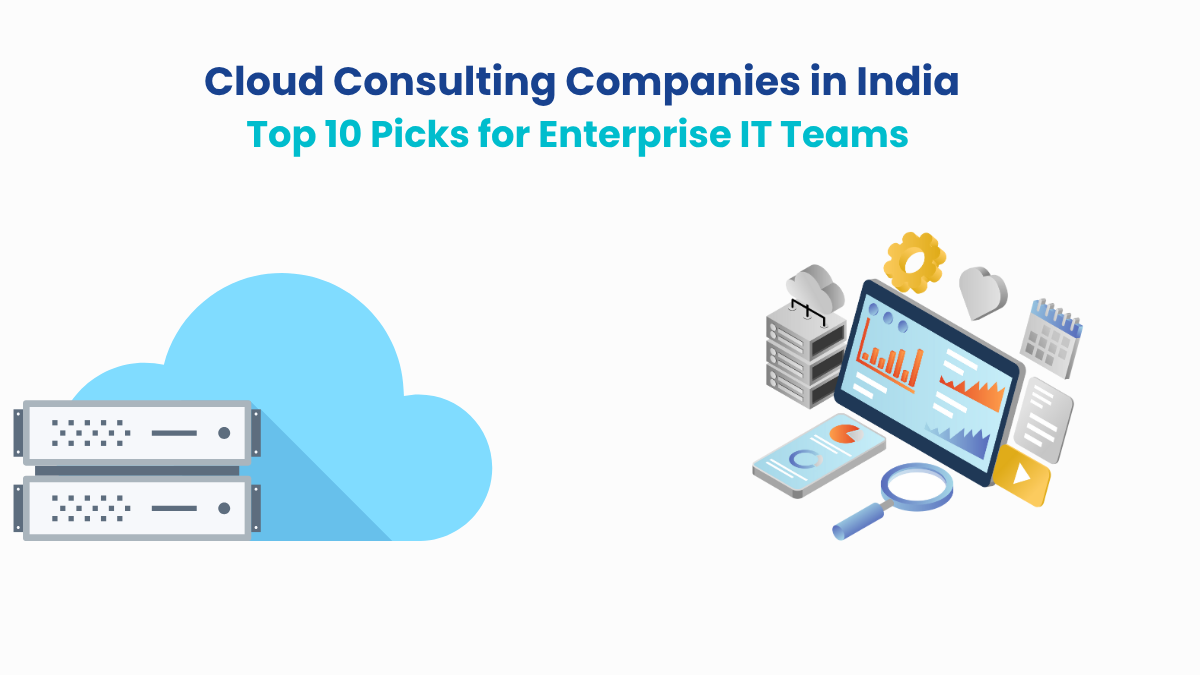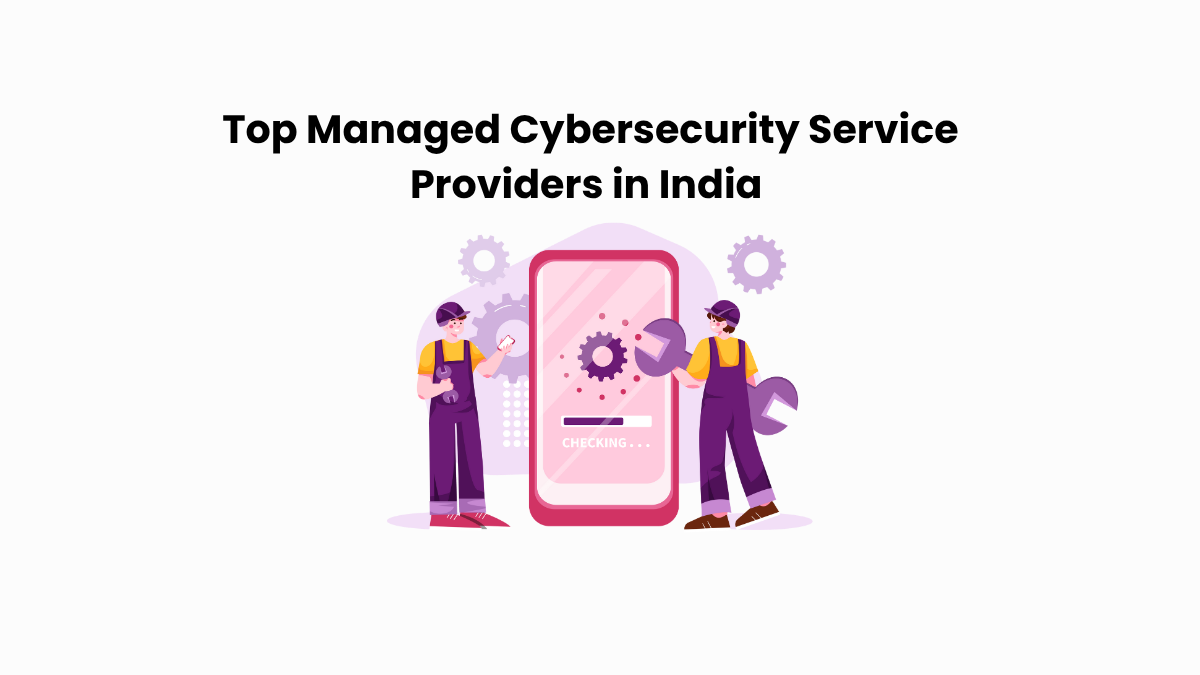Most enterprises today are drowning in security tools. The average company uses over 100 different tools to protect its network. With so many disconnected systems, IT teams are stretched thin, juggling multiple dashboards and struggling to stay ahead of threats. This complexity doesn’t just slow down threat response—it also drives up costs and leaves gaps in protection.
Take a company with remote workers, cloud apps, and on-prem data centers. Managing security across these environments becomes a nightmare when tools don’t talk to each other.
The result? Missed threats, inefficient processes, and rising cybersecurity risks.
So, how do you fix this?
A unified security platform that brings everything together.
Let’s explore five ways this approach can simplify your security operations and reduce your risk.

#1. Centralized Management for Complete Visibility
Managing security across multiple tools is like running a business with 10 different dashboards—you never have the full picture.
One of the biggest headaches for IT leaders is fragmented visibility. With siloed systems, it’s hard to track what’s happening across your entire network, creating blind spots that attackers can exploit.
A unified security platform solves this by offering one central interface to monitor everything, from cloud environments to on-prem data centers and remote users. This approach gives your team real-time insights, reducing the time spent switching between systems and ensuring no critical alerts are missed.
For instance, some organizations are turning to solutions like Palo Alto Networks’ Strata to centralize their security operations. By consolidating visibility across all environments, they’ve been able to cut response times and improve overall security control.
The result? Faster, more informed decisions, fewer gaps in protection, and more streamlined operations. Instead of reacting to multiple alerts from disconnected tools, your team can focus on what matters—keeping your network secure.
Recommended Read: Want to eliminate security blind spots and streamline SOC operations? Download Five Essential Steps to SOC Transformation ebook to learn how top enterprises simplify security and improve efficiency.

#2. Proactive Threat Detection with AI and Automation
Cyber threats are moving too fast for manual responses. On average, it takes 287 days to identify and contain a data breach, leaving companies exposed for nearly 10 months, according to IBM’s Cost of a Data Breach report.. Relying on traditional methods simply isn’t enough anymore.
That’s where AI and automation make a difference. Instead of waiting for an attack, AI-driven security systems detect threats in real time by analyzing network traffic for suspicious patterns. For instance, companies that implemented AI-based detection tools have reduced response times by up to 60%—as reported by TechData.
Automation also takes care of repetitive tasks like scanning for vulnerabilities and blocking known threats, allowing security teams to focus on higher-priority issues. Imagine a system that continually learns and improves its defenses with each new attack, preventing future threats. This shift from reactive to proactive security can drastically reduce the risk of a costly breach.
By leveraging AI and automation, businesses not only speed up threat detection but make their security more efficient and scalable, staying ahead of evolving cyberattacks.
#3. Streamlined Security Across Hybrid Environments
Managing security across hybrid environments—cloud, on-prem, and remote users—has become increasingly complex. With data and applications spread out across multiple locations, it’s easy for gaps in security to appear. According to TechData, companies that struggle to manage these environments often experience slower response times and greater risk exposure.
A unified security platform solves this by extending consistent protection across all environments, no matter where your users or data reside. Whether it’s a remote workforce accessing cloud applications or an on-prem data center, your security policies remain the same. This eliminates the blind spots that often occur when using different tools for different environments.
For example, many companies using platforms like Palo Alto Networks have streamlined their security operations, reducing management complexity while ensuring comprehensive protection. By consolidating tools, they maintain a consistent security posture, even as they scale or adopt new technologies.
With this approach, businesses can manage security more efficiently, reduce the risk of misconfigurations, and ensure protection across their entire network. No matter where the threats come from—cloud, on-prem, or remote—everything is covered under one platform.
#4. Faster Threat Response and Reduced Downtime
Slow threat detection leads to costly delays. On average, it takes 287 days to identify and contain a breach, according to IBM’s 2023 report. That’s nearly 10 months of exposure, during which attackers can cause significant damage. The longer it takes to respond, the more likely a business will suffer from extended downtime, reputational harm, and financial losses.
By using AI-driven threat detection and automated responses, organizations can drastically cut response times. For example, companies leveraging AI-based tools saw response times improve by up to 60%, reducing the window in which threats can operate, as noted in TechData’s findings.
Quick detection is only part of the equation—automated responses also help minimize downtime. Businesses can now isolate threats, apply patches, or block attacks without manual intervention, preventing disruptions to critical services.
Research from SentinelOne shows that businesses with automated response systems experience significantly fewer outages compared to those relying on traditional security models.
With faster response times and automation, companies not only reduce the risk of major incidents but also keep operations running smoothly, minimizing the impact on business continuity.
#5. Reduction in Operational Costs and Complexity
Managing multiple security tools is not only inefficient but costly. A typical enterprise might use over 75 different security products to manage various threats, leading to significant complexity and rising operational costs, according to Thales’ Cloud Security Report. With each tool requiring separate management, updates, and integrations, IT teams are stretched thin, and overhead increases.
By consolidating into a unified security platform, organizations can reduce both complexity and costs. Businesses using integrated security solutions have reported up to 55% lower security management costs, as seen in the IBM Cost of a Data Breach Report. These platforms streamline processes by centralizing operations, reducing the need for multiple vendors, and decreasing the time spent on manual tasks.
Security automation plays a key role in cost reduction. AI-driven platforms automate routine tasks like threat detection, vulnerability scanning, and patch management, allowing IT teams to focus on strategic initiatives rather than firefighting. According to SentinelOne, organizations that deploy AI-driven security systems reduce overall incident management costs by up to 80%.
Simplifying your security architecture with a unified platform doesn’t just improve efficiency—it saves money by cutting down on the tools, staff hours, and resources required to manage a sprawling security stack.
Prefer to see it in action? Watch this quick video to learn how unified security platforms simplify complex environments, cut operational costs, and protect against evolving threats—all from a single pane of glass.
Before We Go
As organizations face increasing challenges like security complexity, rising costs, and the need for faster threat detection, the importance of a unified security platform has never been clearer.
Disconnected tools lead to blind spots, manual processes slow down response times, and the operational overhead of managing multiple systems drains resources.
Businesses are feeling the impact of these inefficiencies, with 40% of data breaches involving cloud environments and public cloud breaches costing companies up to $5.17 million, according to Thales.
This is where Datacipher can help.
As a top partner of Palo Alto Networks, we specialize in delivering unified security solutions that simplify your entire security infrastructure.
By leveraging Palo Alto Networks’ industry-leading platform, we provide seamless integration across cloud, on-prem, and hybrid environments—helping you reduce costs, streamline operations, and improve your security posture.
With Datacipher, you can:
- Centralize management to gain full visibility across your network,
- Deploy AI-driven threat detection to reduce response times by up to 60%,
- Automate routine tasks and cut down on manual security efforts, saving both time and money,
- And most importantly, protect your business from costly breaches while improving efficiency.
Let us help you navigate the complexities of modern security with solutions designed to reduce risk and ensure business continuity.
As a trusted partner of Palo Alto Networks, Datacipher has the expertise and tools to secure your enterprise at every level.





